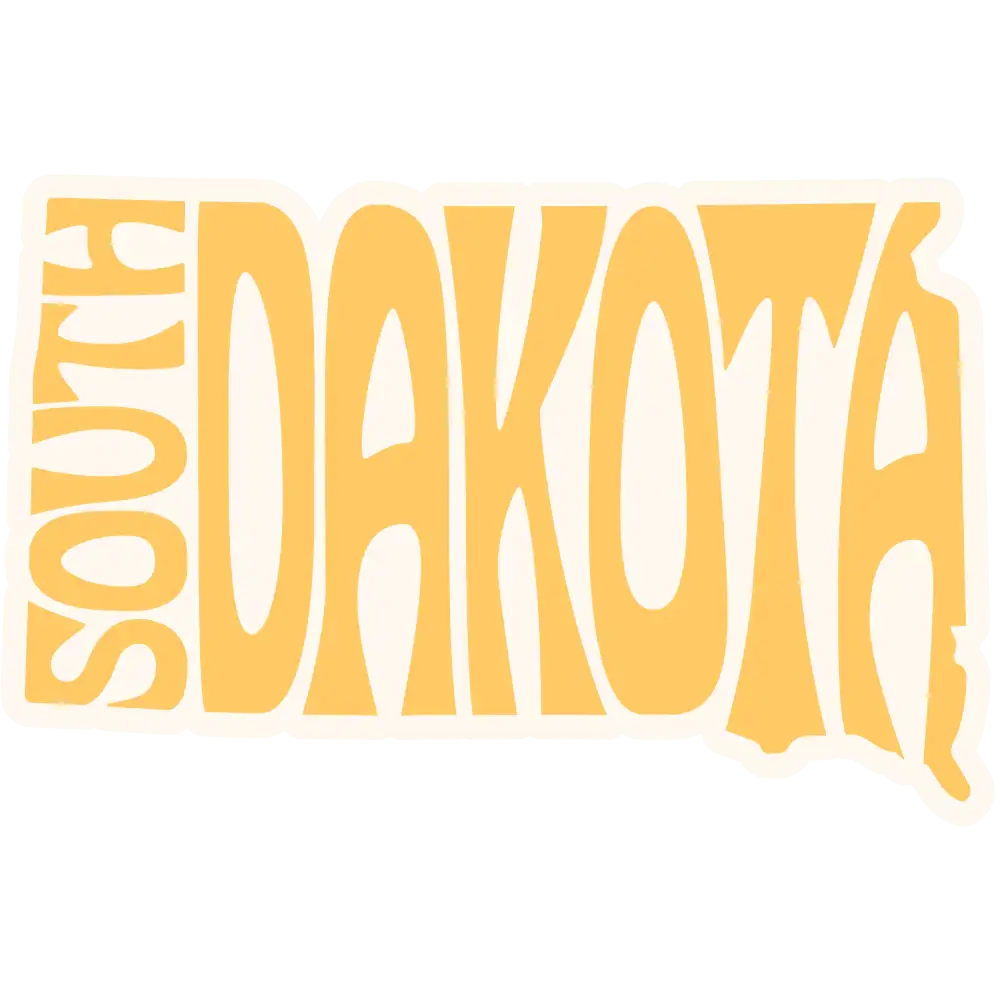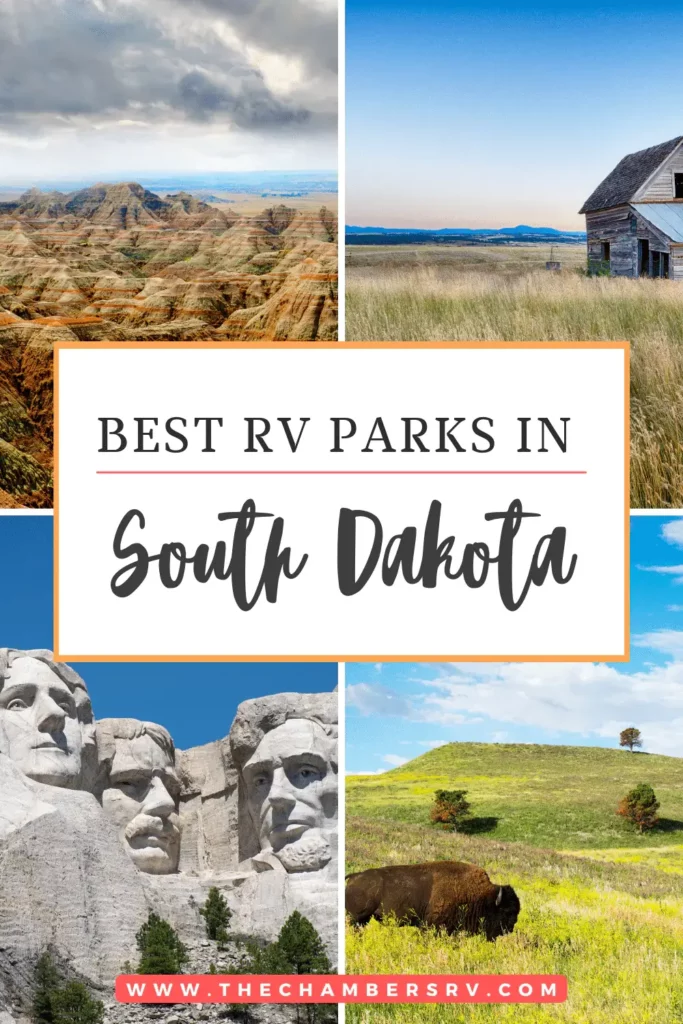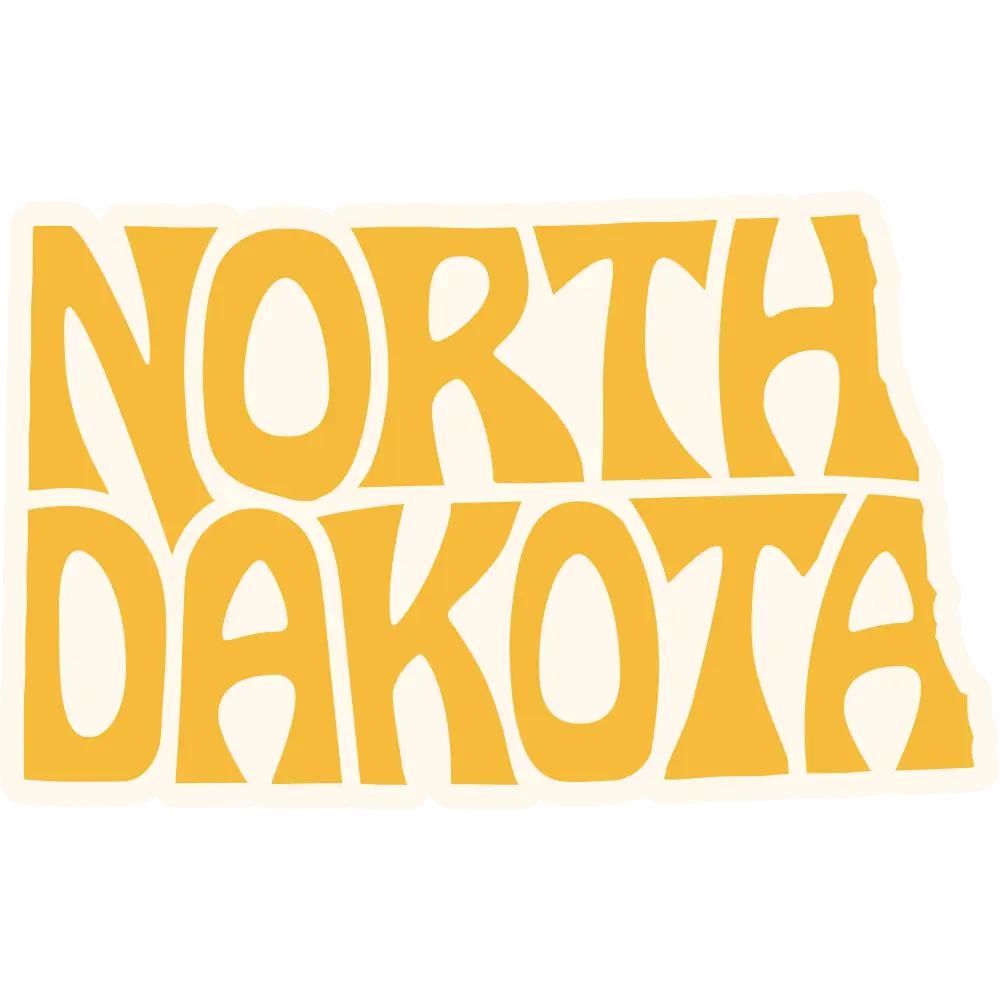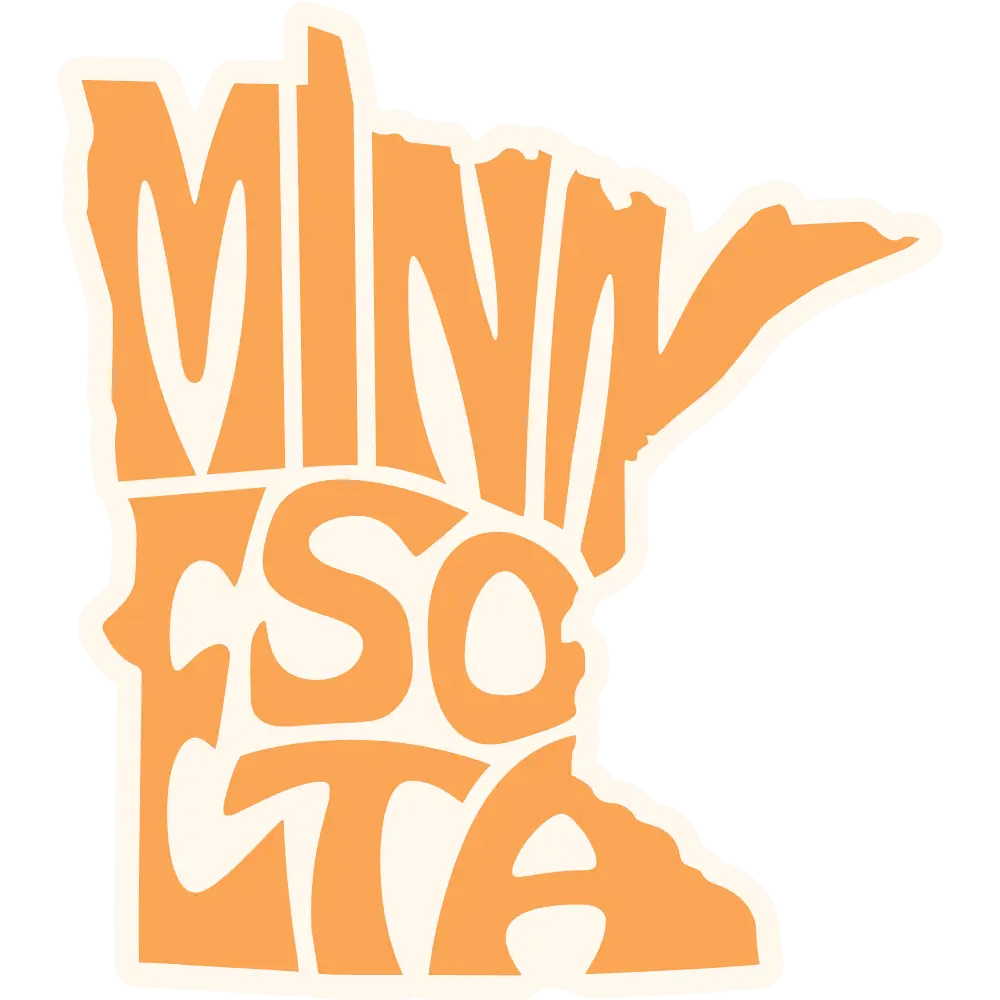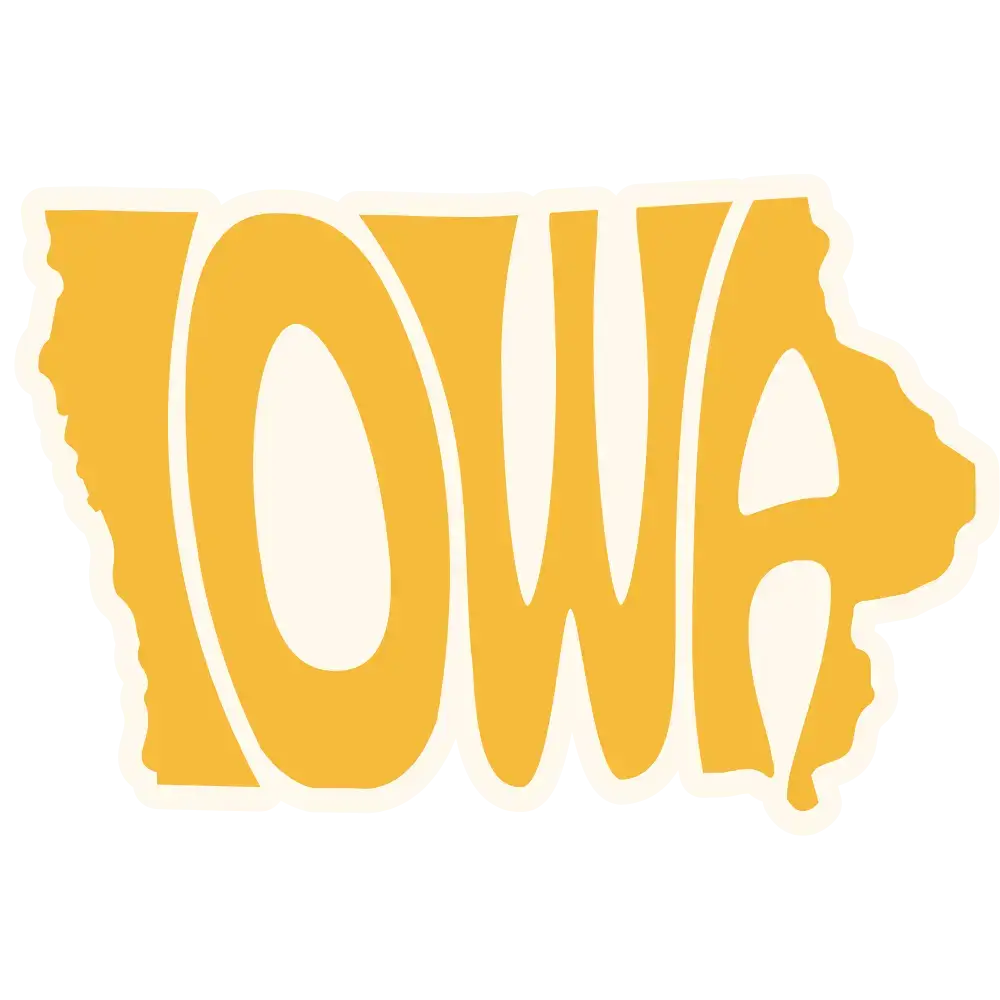Exploring Mount Rushmore

State historian Doane Robinson was determined to attract tourists to South Dakota. Literally his big idea was to carve the resemblances of Meriwether Lewis and William Clark, Oglala chief ‘Red Cloud,’ and showman ‘Buffalo Bill’ Cody into the Needles in the Black Hills, a granite pillar. Within a year, he convinced Gutzon Borglum to accept the commission. Borglum had two requirements, first, he considered the pitted and eroded needles were unsuitable for carving and suggested Mount Rushmore’s southeast face instead. Second, he suggested replacing Wild West legends with presidents. And so began the nation’s grandest monument.
There were 400 workers who spent 14 years carving the faces of four presidents into Rushmore’s granite. George Washington, Thomas Jefferson, Abraham Lincoln, and Theodore Roosevelt were chosen for defending and expanding the American republic. The faces were carved from the hard rock using dynamite and drills.
However, Borglum didn’t finish his work. Lincoln took over and finished the job six months after his death in March 1941. The elder Borglum wanted to depict the presidents to their waists and add a Louisiana Purchase panel to honor American expansion. These suggestions were quickly dismissed due to cost, as was the campaign to add women’s suffrage activist Susan Anthony.
Mount Rushmore is a magnificent shrine to American democracy despite being incomplete. To understand the scale of the achievement, visit the Lincoln Borglum Museum with its fancy multimedia exhibits – push the explosive plunger to re-create dynamite blasting Mount Rushmore and see where Gutzon Borglum worked on scale models of the mountain. From Grand View Terrace, get up close and personal with each of the four faces on the Presidential Trail. This half-mile trail passes close to each face and offers a chance to spot a soaring bald eagle, the national animal of the U.S. However, many Native Americans consider the Black Hills sacred territory and see the sculpture as a seizure of their land. Few should rush to the Black Hills. Current erosion rates suggest the four 20-foot presidential noses will be gone in 2.4 million years.

